Austin Taxi
Where did the name of Taxi come from. Well you have probable heard the name hackney which has its origins in France and called ‘Hacquenée’ meaning a horse for hire.
Various forms of transport were dreamed up, but it was 1906 when the General Cab Company's imported 500 Renault cabs into London. It was because of this sudden influx of cabs that the licensing authority decided that it would impose rules on the their design. One of the conditions was the 25ft turning circle. The next change was in 1907 when the fitting of taximeters was made compulsory, it is from this that they became know as ‘taxicabs’, it was not long before the name cab was dropped and they were just called Taxi.
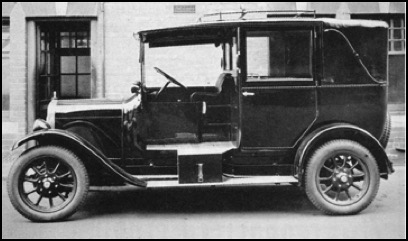
Taxi on a Austin 12/4 Chassis (High Lot)
The regulations were revised in 1928 to encourage more manufactures to start producing Taxi's. The car dealer Mann and Overton Director Will Overton who had been selling cabs in London since 1906 approached Herbert Austin about modifying the 12/4 chassis so that it would comply with the London 'Conditions of Fitness'. So a chassis from a Austin 12/4 was modified with bodies from various coach-builders.
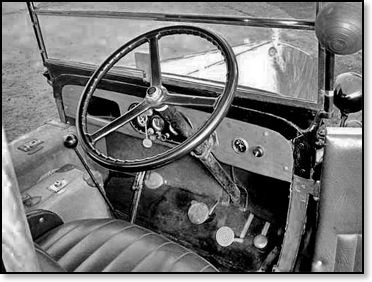
Controls on a Austin 12/4 Taxi
Because the overall height of the Taxi was higher than the competition, it received the nick name 'High Lot' but this design gave the Top Hat customers plenty of room. It was soon outselling the Bearmore and Morris-Commercials versions. Building on its success a new model the 'Low Loader' was introduced in 1934.
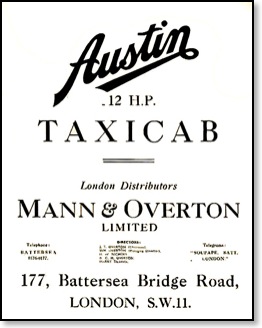
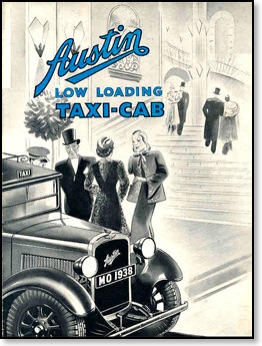
Austin Taxi-Cab 1938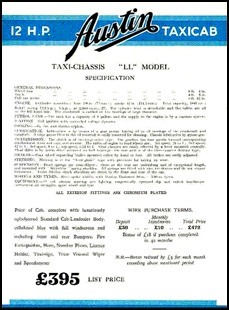
Back page of Brochure
Price of Cab complete with luxuriously upholstered Standard Cab Landaulter Body, cellulose blue with full windscreen and including front and rear bumpers. Fire extinguisher, horn, number plates, license holder. Taxi sign, Trico visional wiper and speedometer.
All exterior fittings are Chromium plated
The List Price was £395
Hire purchase terms were Deposit £50 monthly instalments of £10 making a total price of £472 (that what it says)
Your would receive a bonus of £18 if purchased completed in 40 months.
NB. Bonus reduced by £3 for each month exceeding the above mentioned period.
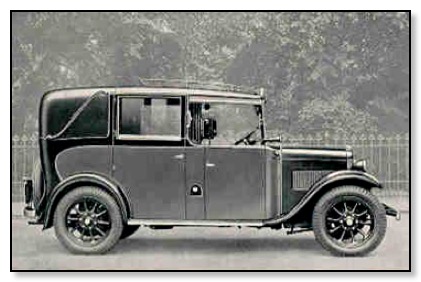
Vincent Body Standard Fitment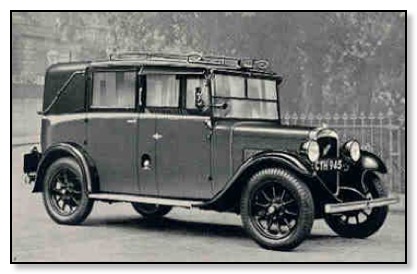
Jones Body £5 extra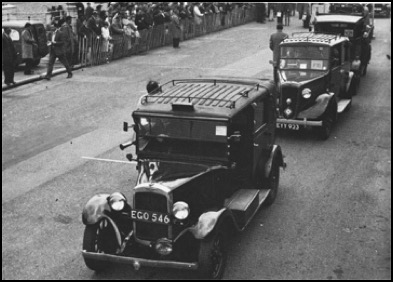
Cavalcade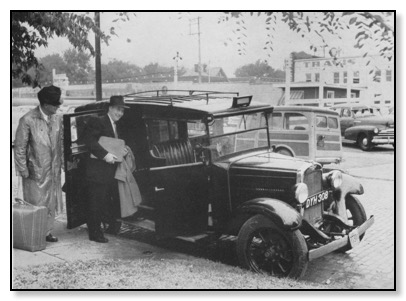
1937 Austin Taxi in Peoria Illinois USA
In front of the Travis Pontic Cadillac dealership.
Picture taken in the early 1950s
After the war Mann & Overton decided that it needed a more up to date design. So it was agreed that Austin would supply the engine/chassis with the body been supplied by Carbodies in Coventry, although the body was actually designed by Austin's chief body designer Jim Stanfield. In 1948 a new Austin Taxi appeared on the streets called the FX3, it was soon the market leader. Although in 1952 a diesel engine from Ferguson was available as a conversion, it was 1954 that Austin were producing their own 2.2 litre diesel engine as a factory fit. Also produced was the FL1 this was the same model but had no luggage space by the driver instead it had a bench seat and the roof sign was deleted.
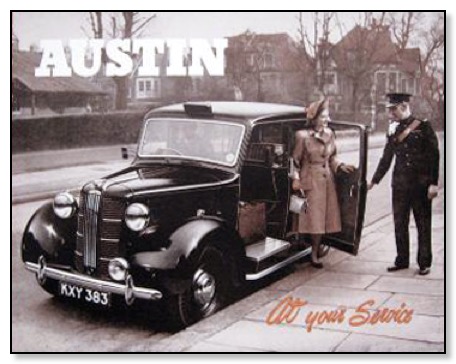
Austin Taxi FX3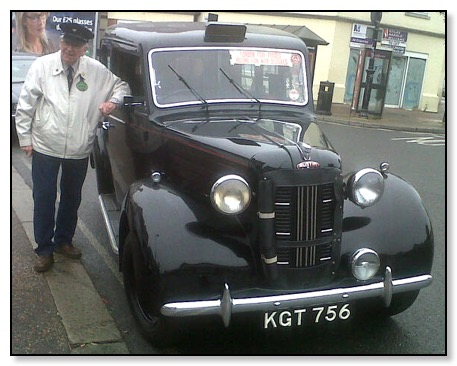
1949 Austin Taxi FX3 outside Worthing Railway Station June 2013
(Gary Gilmore)
A BBC conversion for outside broadcast mainly used for horse racing.
In the turret is Mr Raymond Glendenning 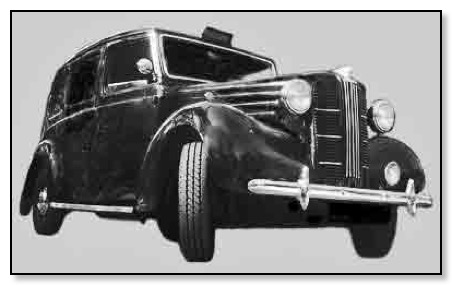
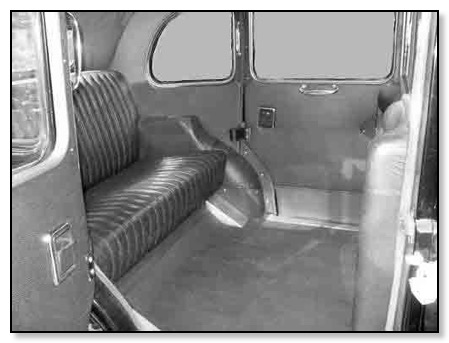
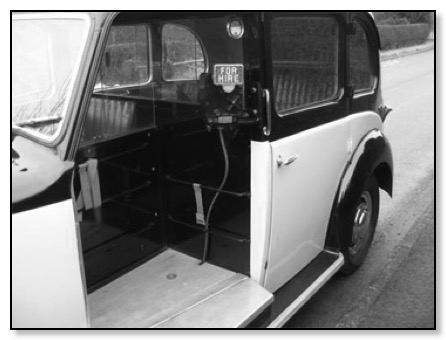
FX3D ready for hire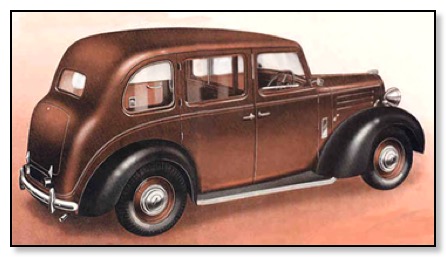
Austin Hire Car FL1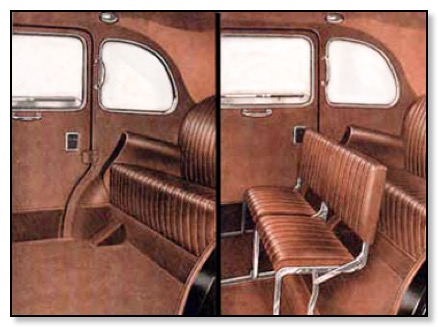
FXL-3 Rear Seats Arrangement
(note slide down side windows)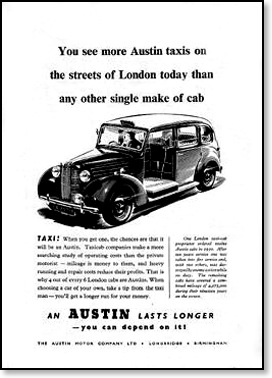
Date when launched late 1948
Discontinued in 1958
Total produced 13,737 (All chassis produced at Longbridge)
Taxi
Engine Petrol
2199 cc 50 bhp at 3,500 rpm Max torque 102lbs/ft at 1,600 rpm
Hire Car 68 bhp at 3,800 rpm Max torque 116lbs/ft at 1,700 rpm
Diesel version
2,178 cc 55 bhp at 3,500 rpm Max torque 89lbs/ft at 2,800 rpm
Main measurements Taxi & Hire Car
Length 14ft 5.3ins Width 5ft 7.5ins Height 5ft 10.8ins
Wheelbase 9ft 2.7ins Track front 4ft 8ins rear 4ft 8ins
Price ex Works
Taxicab
Petrol Feb 1957 £910 no tax
Diesel .: . . . : . £1012 no tax
Taxi Chassis - Petrol Feb 1957 £777 incl. £151 Purchase Tax
..: . . ...:.... : - Diesel . .:.. ..:.. £904 incl. £177 Purchase Tax
The next chapter was the Austin FX4 version in 1958 this is the Taxi that has become a London icon. The main reason for its longevity was that nether Austin or Mann and Overton were prepared to fund a replacement so it soldered on. In 1960 the chassis production was transferred to Morris Commercial Cars plant at Adderley Park Birmingham from Longbridge. Chassis production was again moved in 1971 to the Car Bodies plant at Coventry at least assemble was now under one roof. British Leyland decided in 1982 that they wished to withdraw from been involved with the FX4. In 1985 a 2.5 Land Rover Diesel engine was fitted to the FX4 until February 1989, when the Fairway was introduced. This had the Nissan 2.7 diesel and built in wheelchair accessibility.
This continued in production to 1997, so from a 1958 design it had for been in production for 39 years. Although Carbodies looked at producing a replacement, in the end after a couple of prototypes they decided to buy the production rights from Austin.
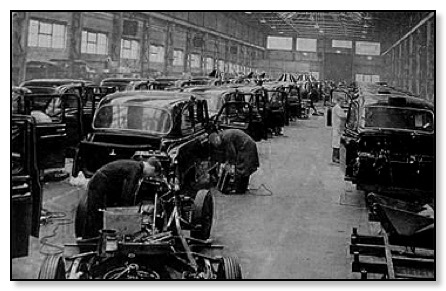
Car Bodies Production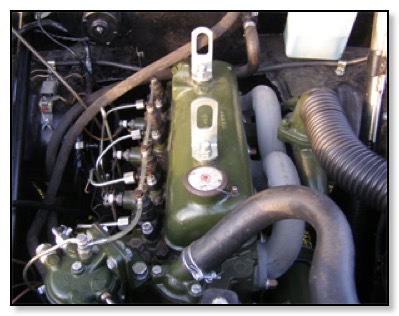
FX Diesel Engine 2178cc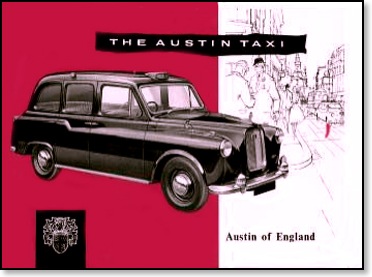
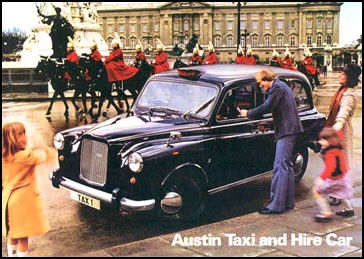
Austin Taxi FX4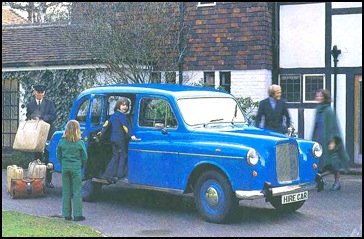
Hire Car FL2
Date when launched late 1958
Discontinued in 1981
Total produced
1,696 (Longbridge built chassis)
16,079 (Adderley Park built chassis)
25,450 (Chassis - Build at Carbodies Coventry)
Grand Total 43,225
Taxi
Engine Petrol
2199 cc 68 bhp at 3,800 rpm Max torque 116lbs/ft at 1,700 rpm
Diesel version
2,178 cc 55 bhp at 3,500 rpm Max torque 89lbs/ft at 2,800 rpm
Main measurements Taxi & Hire Car
Length 15ft 0.5ins Width 5ft 8.7ins Height 5ft 9.5ins
Wheelbase 9ft 2.7ins Track front 4ft 8ins rear 4ft 8ins
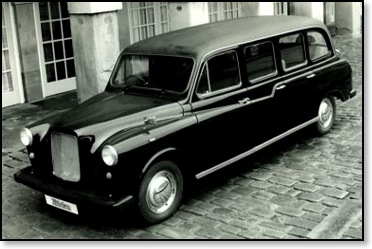
LWB Version FX4

